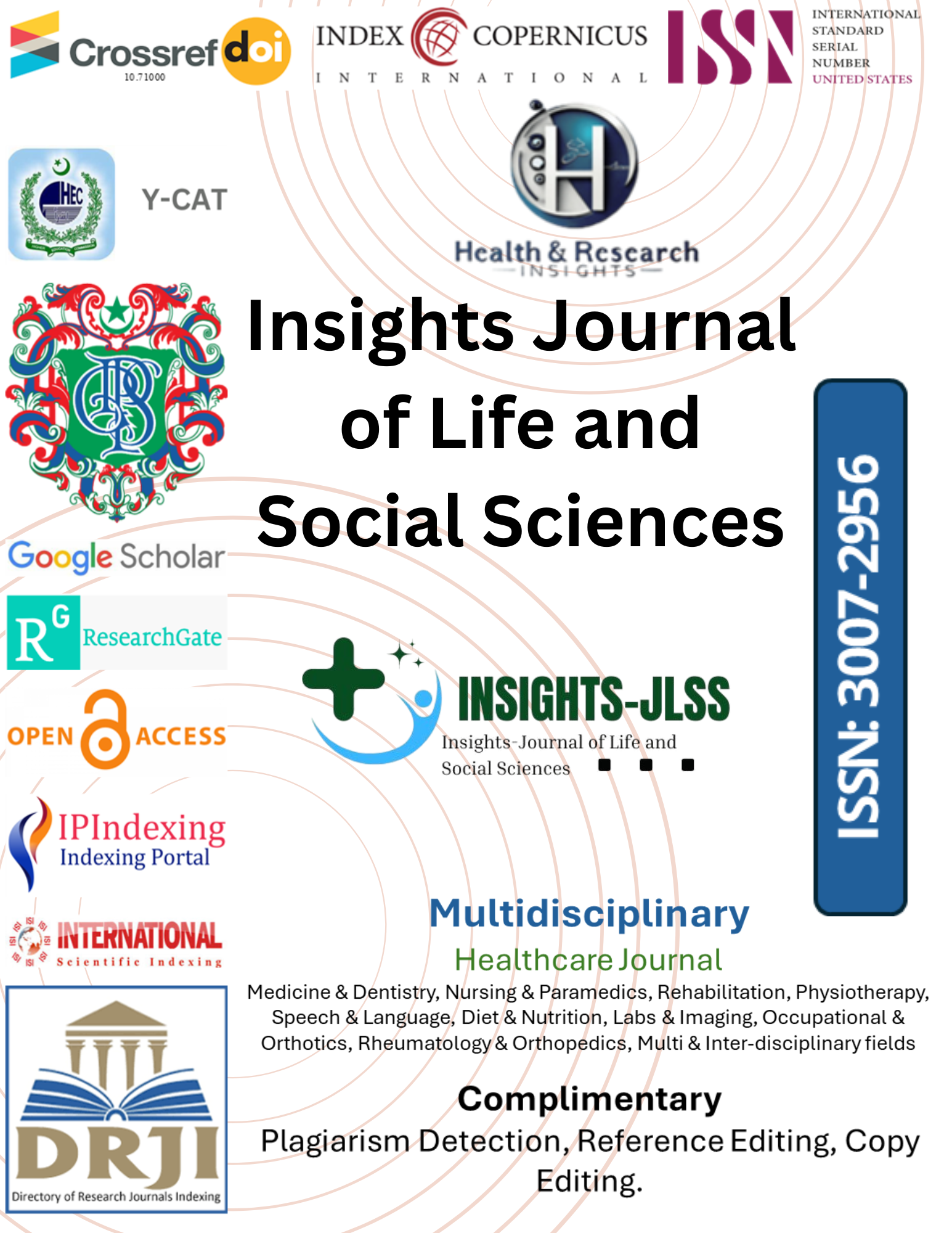INFLUENCE OF AGE AND SEX ON BLOOD AND BIOCHEMICAL MARKERS IN BALOCHI SHEEP BREED
Main Article Content
Abstract
Background: Sheep are among the most valuable livestock species globally and play a significant role in the rural economy of Pakistan, particularly in Balochistan, where the Balochi breed is well adapted to the region’s arid environment. Assessing hematological and biochemical health indicators in these animals is essential for improving disease diagnosis, health management, and productivity, with age and sex being critical variables that influence physiological responses and metabolic efficiency.
Objective: To evaluate the influence of age and sex on hematological and biochemical parameters in the native Balochi sheep breed.
Methods: A total of 40 clinically healthy Balochi sheep of both sexes and different age groups (<12 months and >12 to <24 months) were selected from Quetta, Balochistan. Blood samples were collected aseptically and analyzed for red and white blood cell indices, liver enzymes, and serum biochemistry using commercially available diagnostic kits. Statistical analysis was performed using one-way ANOVA with a significance level of p<0.05.
Results: Adult sheep showed the highest values for RBCs (7.24×106/µL), HCT (39.75%), MCV (84.04 fL), MCH (29.75 pg), neutrophils (13.65×10³/µL), urea (9.01 mg/dL), creatinine (1.14 mg/dL), total protein (8.67 g/dL), glucose (72.37 mg/dL), and AST (123.95 U/L). In contrast, younger sheep had lower values across most markers, including RBCs (6.69×106/µL) and total protein (5.44 g/dL). Female sheep recorded higher values in WBCs (7.04×10³/µL), Hb (11.41 g/dL), cholesterol (55.69 mg/dL), and ALT (33.90 U/L), whereas males exhibited lower values in nearly all parameters.
Conclusion: The study confirms that age and sex significantly impact the hematological and biochemical profiles of Balochi sheep, underscoring the need for age and gender specific reference ranges in health evaluations.
Article Details

This work is licensed under a Creative Commons Attribution-NonCommercial-NoDerivatives 4.0 International License.
